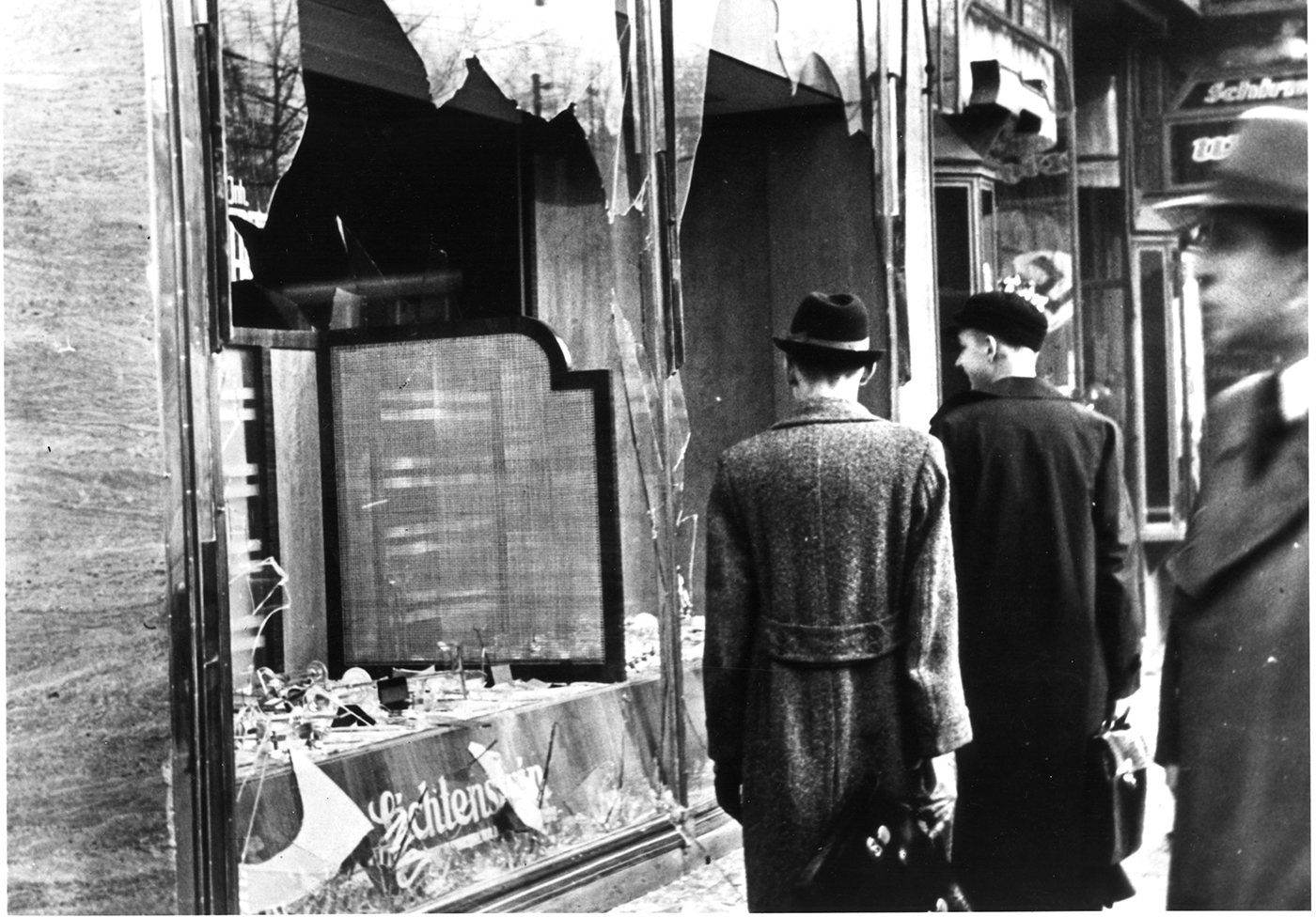USHMM Authors New IWitness Activity “Some Were Neighbors”

United States Holocaust Memorial Museum (USHMM) has constructed a new IWitness activity in conjunction with the museum’s Some Were Neighbors exhibit. The activity will be available on the IWitness website.
The Some Were Neighbors exhibition at USHMM helps visitors interpret historical photographs. Among the techniques it uses is a series of “photo reveals” where viewers look at photos from the Holocaust period and learn the context behind them. These photos show seemingly innocent images, like a young girl approaching the entrance of a public pool, and then reveal the dark truth behind them – a wider-angle shot of the pool entrance displaying a sign stating that entry for Jews is forbidden, for example. The exhibition features video theaters displaying testimony clips that complement the visual evidence with personal stories of how friends, neighbors, teachers, police officers and others contributed to or were complicit in the persecution of Jews.
In the Some Were Neighbors: Collaboration and Complicity IWitness activity, students choose a photo taken during Kristallnacht and reflect on what this photo reveals about the event. Then they review a short film, article and map to learn more, and watch a testimony clip about how Kristallnacht affected the Jewish community as well as various roles played by neighbors. Finally, students re-examine the photo they started with and reflect on how the actions of ordinary people shaped the events of Kristallnacht.
Teachers who have piloted the activity were enthusiastic about how it encourages students to think critically about what they see in photographs and incorporate new information into their understanding of historical events.
"I love the integration of primary source documents and getting students to investigate what they see in each photo. I would encourage teachers to do an exercise on evaluating photos prior to tackling this activity,” one teacher said.
Another teacher said, "It is challenging but I love the different perspectives and information."
"The flow is excellent. I appreciate the revisiting of the photos after new information is experienced, and the metacognition that is required to fully complete the lesson,” said another educator.
USHMM hopes that students will learn how to critically examine primary sources and analyze information from multiple sources of information to better understand the historical event of Kristallnacht. They hope that teachers and students will gain insights into the important role of collaboration and complicity during Kristallnacht and the effect of people’s choices on the Nazis' victims.
Like this article? Get our e-newsletter.
Be the first to learn about new articles and personal stories like the one you've just read.